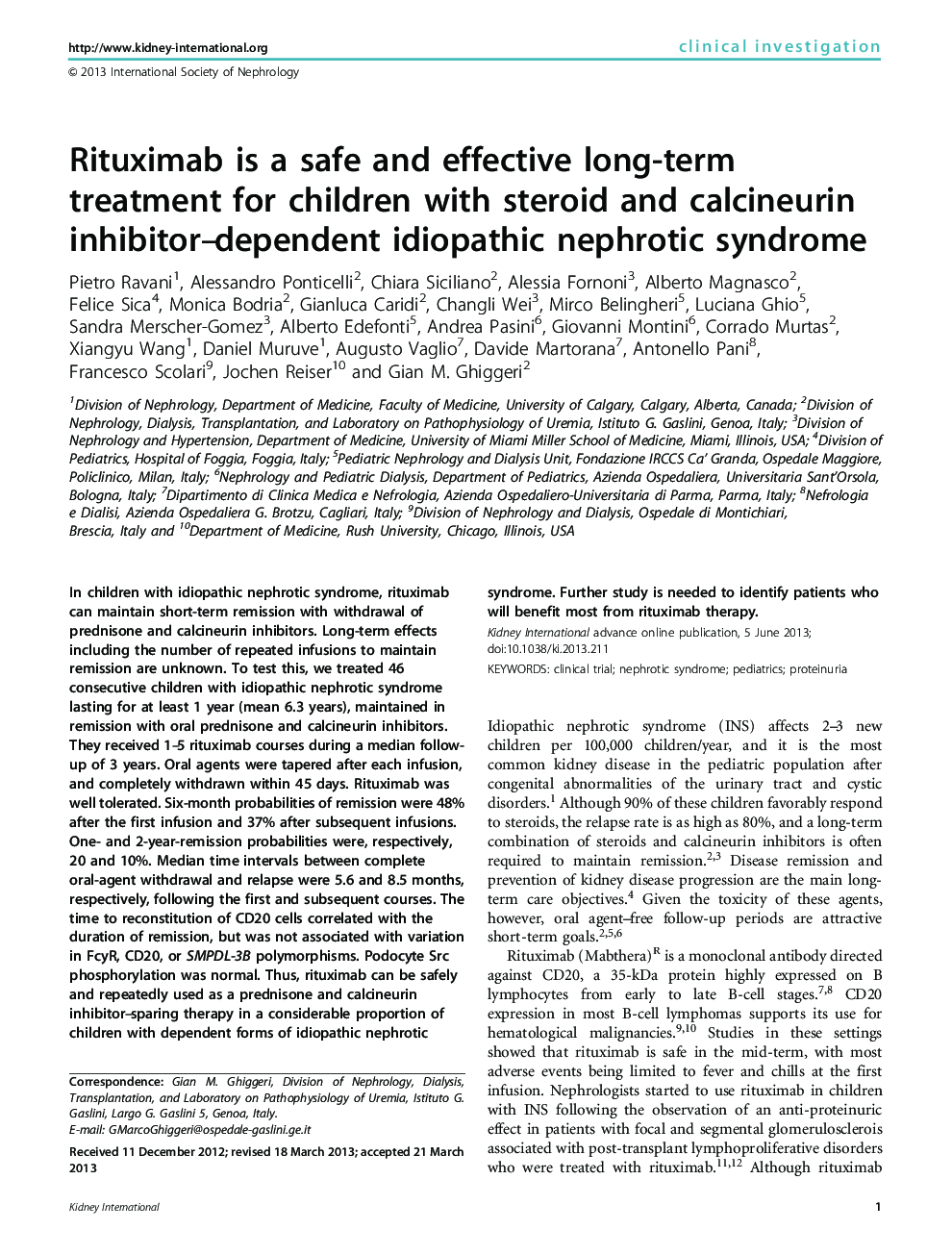| Article ID | Journal | Published Year | Pages | File Type |
|---|---|---|---|---|
| 6368750 | Journal of Hydro-environment Research | 2016 | 9 Pages |
Abstract
Dam sediment flushing can reduce reservoir sedimentation and deliver sediments to the downstream rivers. However, deceased fishes are often found in the Yellow River during the period of reservoir sediment flushing. To study the acute impacts of flushing and quantify threshold conditions for fish protection, field surveys and laboratory experiments were carried out during periods of sediment flushing. Field surveys in 2010 showed that dissolved oxygen (DO) decreased rapidly with the increase in suspended sediment concentration (SSC) and that deceased fishes involved 10 species. With the model of the severity of ill effects, the sediment flushing in 2010 was estimated to cause fish mortality of 0-20%. To study the lethal effect on fishes under controlled SSC conditions, laboratory experiments were performed with carp (Cyprinus carpio) exposed in water containing different SSCs. It is concluded that the high sediment concentration (average value of 90788âmg/l), fine particles (grain sizeâ<â0.075âmm), a long flushing duration (>2 days), and DO reduction (<2âmg/l) contribute to the deaths of fishes during the flushing period in 2010. To decrease lethal effects, the upper limits of SSC and duration are recommended as the peak SSC value of 55â000âmg/l and average value of 32â000âmg/l for the entire flushing period for flushing operations. The measures of SSC control and refuge construction are suggested for eco-friendly management.
Related Topics
Life Sciences
Agricultural and Biological Sciences
Agricultural and Biological Sciences (General)
Authors
Baiyin Baoligao, Fengran Xu, Xingru Chen, Xiuying Wang, Wenxue Chen,
